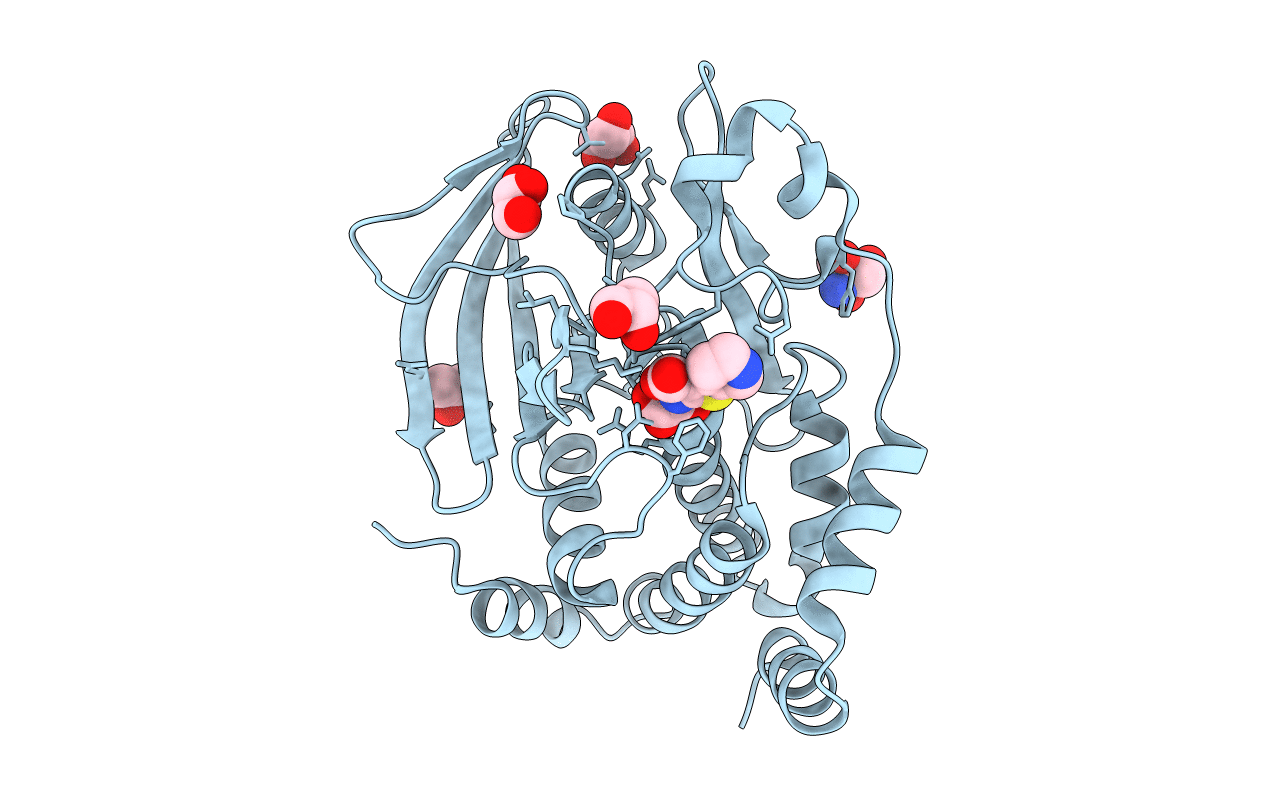
Deposition Date
2021-04-30
Release Date
2022-05-18
Last Version Date
2023-10-18
Method Details:
Experimental Method:
Resolution:
1.95 Å
R-Value Free:
0.19
R-Value Work:
0.15
R-Value Observed:
0.15
Space Group:
P 31 2 1


